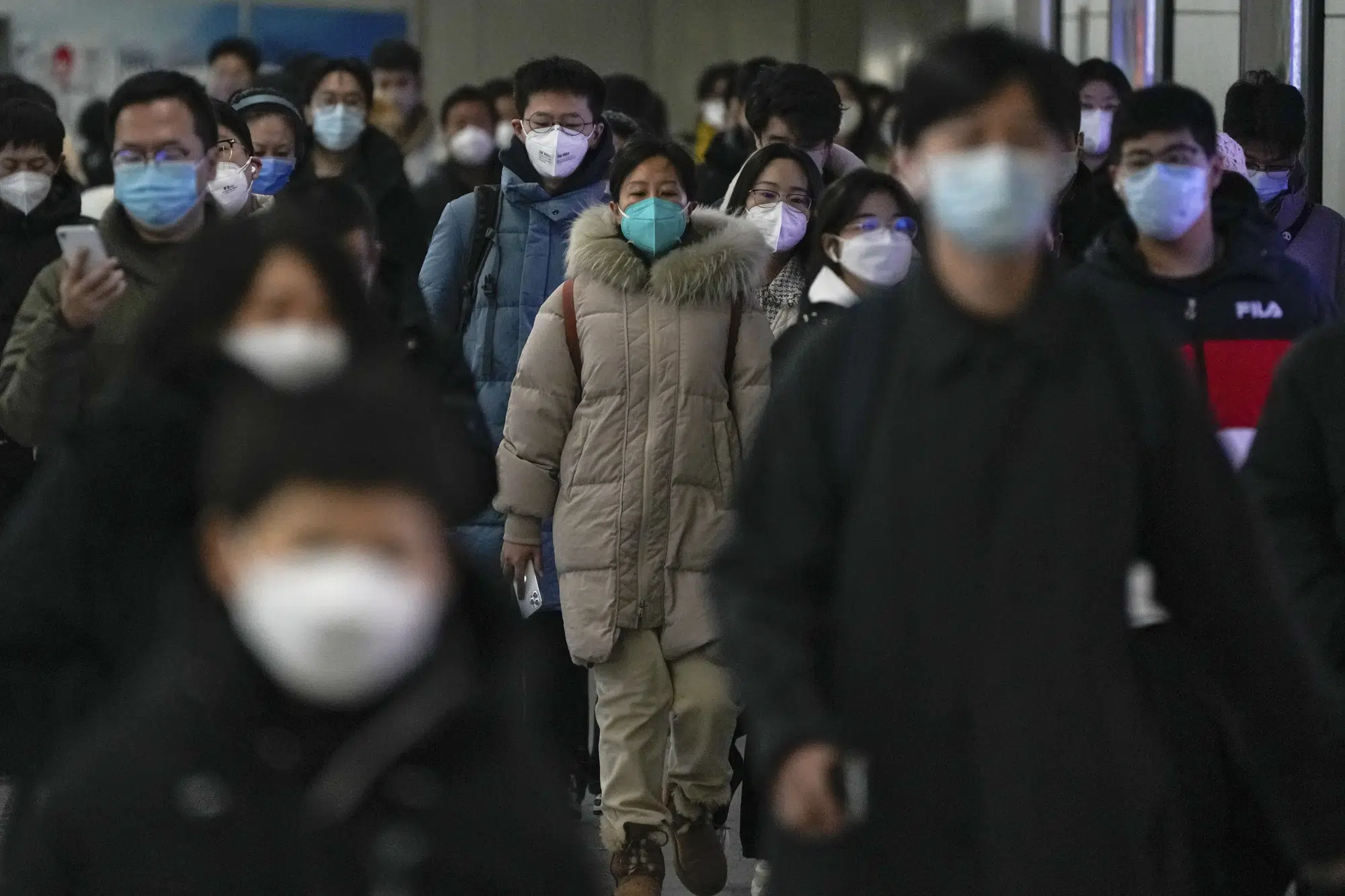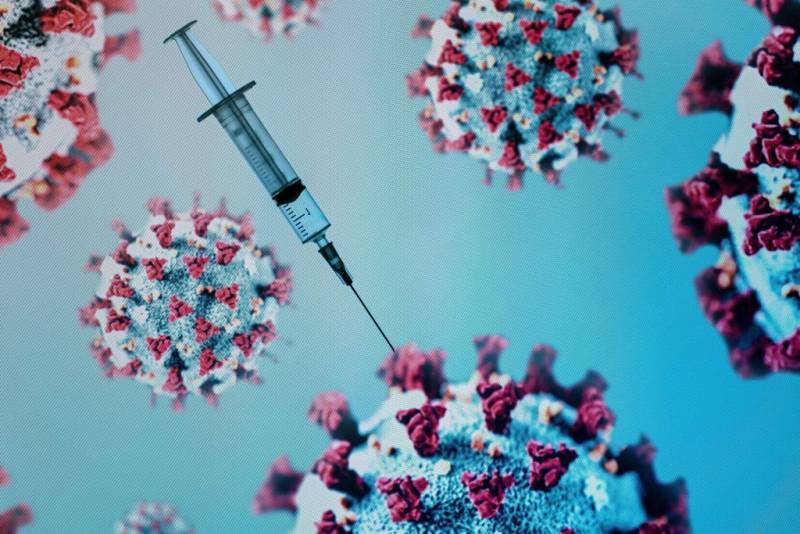The holidays spurred a new jump in COVID-19 cases and hospitalizations, coinciding with an early, severe flu season and a wave of respiratory syncytial virus or RSV — which many are dubbing a "tripledemic" of respiratory viruses. Just as quickly as the BQ.1 and B.Q.1.1 variants started sweeping the nation and headlines, a new COVID-19 variant began dominating in parts of the country: XBB.1.5. XBB.1.5, which is a subvariant of omicron, now accounts for more than 27.6% of confirmed COVID-19 cases in the United States and over 70% of confirmed cases in the Northeast, according to the most recent estimates from the U.S. Centers for Disease Control and Prevention. In the week ending on Dec. 31, XBB.1.5 accounted for more than 40% of confirmed cases in the U.S. but as of the week ending Jan. 7, BQ.1.1 is back in the lead, causing 34% of cases. “(XBB.1.5) seems to be spreading rapidly. It’s really going up and up,” Dr. Ziyad Al-Aly, a clinical epidemiologist at Washington University in St. Louis, tells TODAY.com.
“If you go by this estimate — especially in the Northeast, but it seems to be everywhere — that velocity of change over time is already remarkably high,” says Al-Aly.
Dr. Ashish Jha, the White House COVID-19 response coordinator, expressed his concerns about the "stunning increase" in the percent of cases that XBB.1.5 is responsible for in a now-viral Jan. 4 Twitter thread. So what is XBB.1.5, how did it become the dominant COVID-19 variant in parts of the U.S. so quickly, and how does its transmissibility and severity compare to other variants? Here's what we know so far. What is XBB.1.5? Omicron XBB.1.5 is a recombinant (or a hybrid) of two omicron sublineages that descended from another omicron subvariant called BA.2, according to experts at the World Health Organization. It has been detected in 29 countries so far.

It evolved from the XBB family of variants, which started driving outbreaks during the fall in Singapore and other parts of Asia, Dr. Andy Pekosz, a virologist at Johns Hopkins University, tells TODAY.com. "The XBB.1.5 appears to have first been detected sometime in November, although that’s still a little bit hazy as people are sequencing more viruses," Pekosz explains. "It really started to come into play in December in terms of having this exponential growth of cases here in the U.S.," says Pekosz, adding that holiday travel and gatherings are likely contributing to the surge in cases. While there is still a lot we don't know about XBB.1.5, the data available so far suggest that XBB.1.5 is more transmissible or infectious than other omicron variants, says Al-Aly.
In a WHO press conference on Jan. 4, the WHO technical lead on COVID-19, Dr. Maria Van Kerkhove, called XBB.1.5 "the most transmissible subvariant that has been detected yet." Kerkhove added that XBB.1.5 has "rapidly replaced other circulating variants" in the Northeastern U.S. and WHO expects "further waves of infection around the world." How did XBB.1.5 become dominant so quickly? In the last few months, the U.S. has seen several omicron variants — including BA.4, BA.5, BQ.1, and BQ.1.1 — co-circulating at the same time rather than one dominant strain, TODAY previously reported. “For the longest time ... there was no clear winner, but now the writing is on the wall,” says Al-Aly, referring to XBB.1.5.
A World Health Organization committee will meet on Jan. 27 to consider whether the COVID-19 pandemic still represents a global emergency, a spokesperson said on Tuesday, three years after it was first declared. WHO spokesperson Carla Drysdale confirmed the timing of the meeting at a Geneva press briefing. The Emergency Committee advises WHO Director General Tedros Adhanom Ghebreyesus who makes the ultimate call on whether an outbreak represents a so-called Public Health Emergency of International Concern which is the U.N. agency's highest level of alert. Several leading scientists and WHO advisers say it may be too early to declare the end of the COVID-19 pandemic emergency phase because of high levels of infections in China which dismantled its zero-COVID policy last month.




